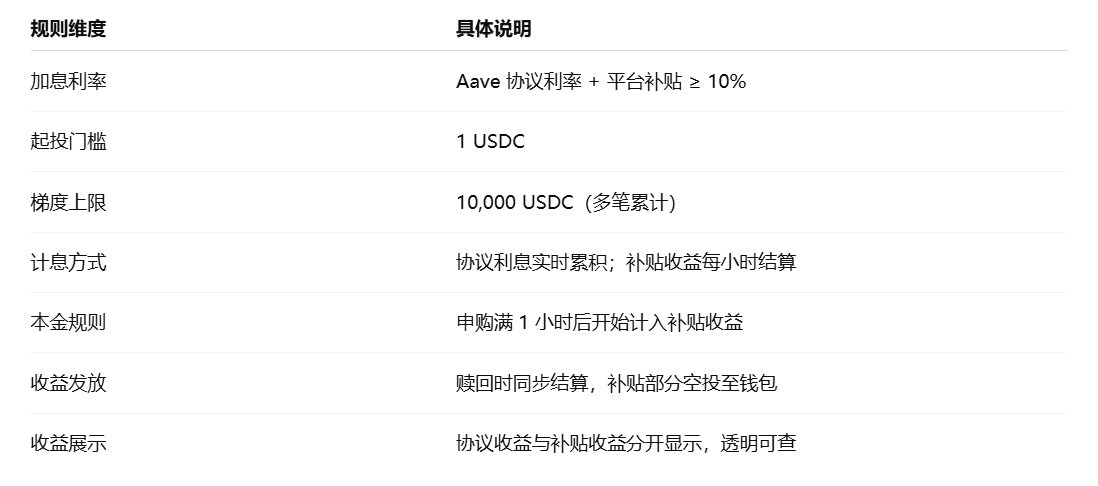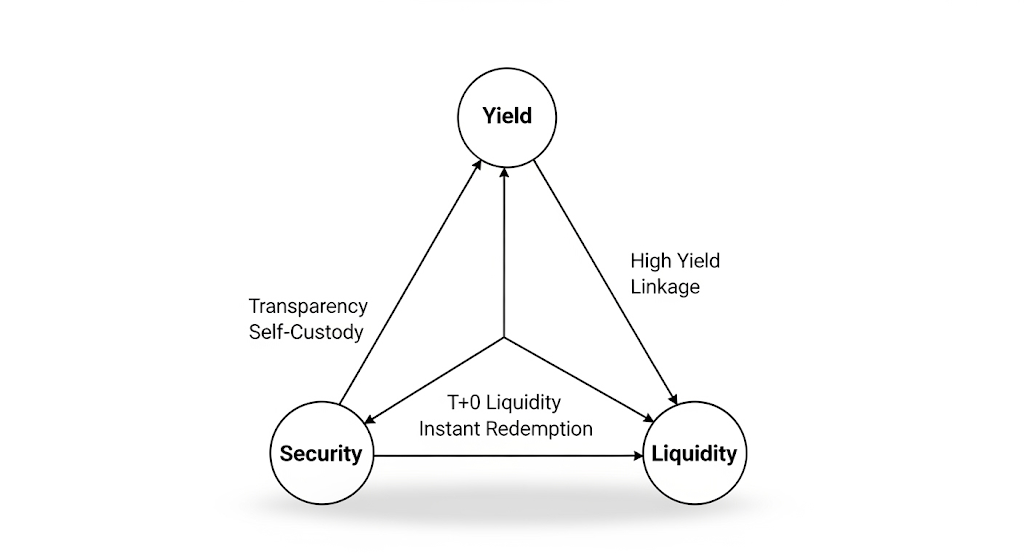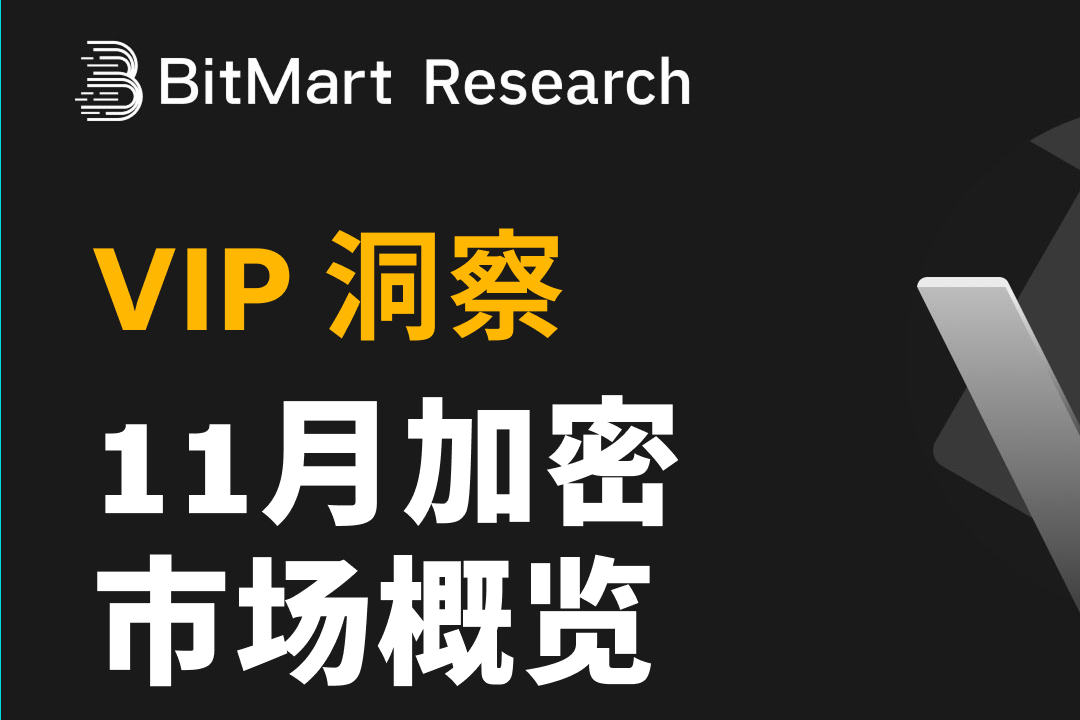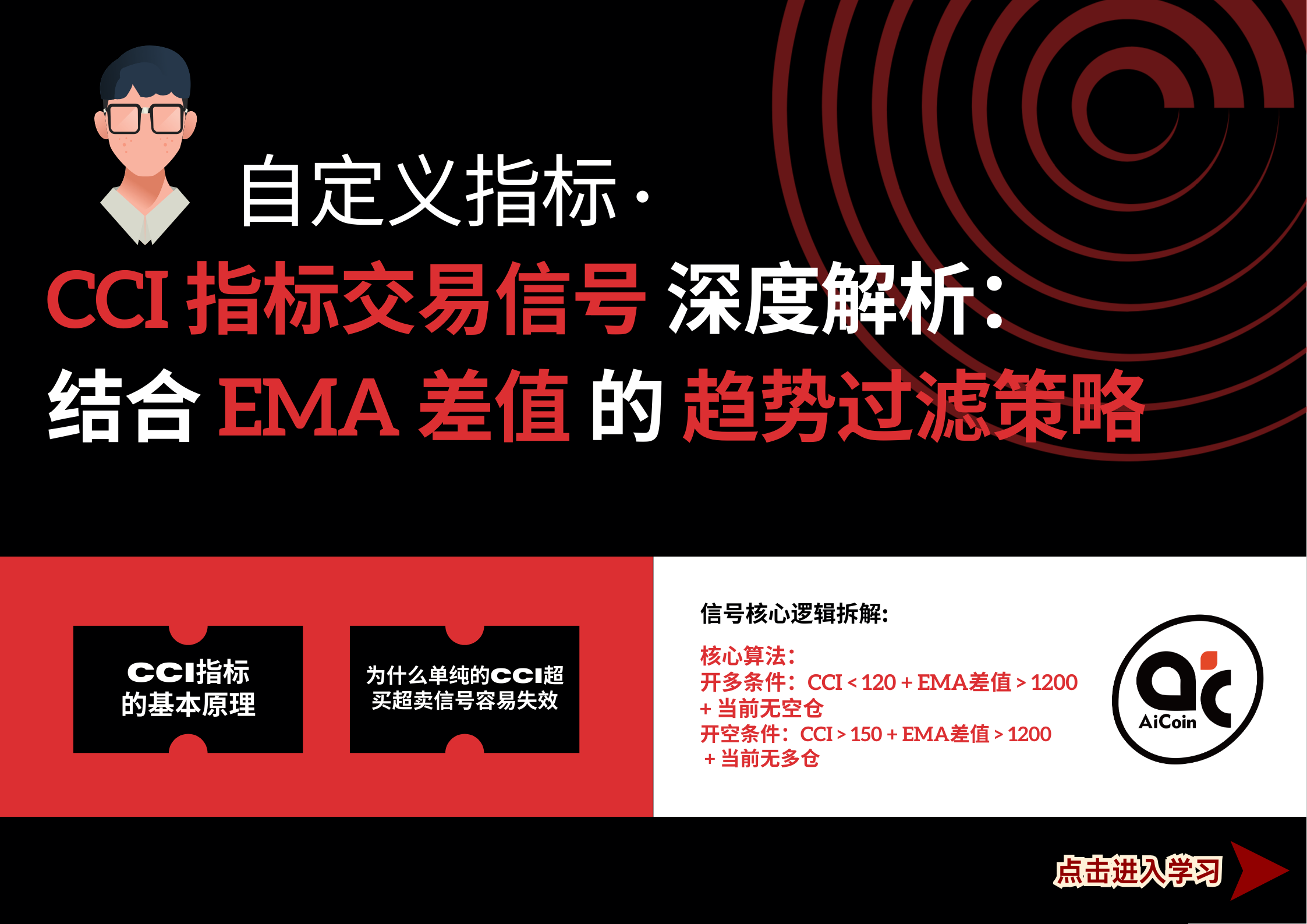CeFi subsidies are unsustainable, DeFi has a high threshold, and CeDeFi is trying to provide a middle solution.
Written by: kean
Regardless of your familiarity with Web3, you have likely come across similar promotions recently: "USDC offers a 12% annualized yield on demand deposits."
This is not just a gimmick; although it is merely a short-term promotional activity by Circle, it reflects how the logic of making money on-chain is penetrating broader financial scenarios. After all, for a long time, high-yield on-chain finance was merely a niche play for "DeFi geeks," requiring users to connect wallets, study complex protocol nesting, and constantly monitor yield curves, making it difficult for ordinary people to truly engage.
Now, with the integration of wallet products and CeDeFi architecture, these complex steps are gradually being streamlined, and a batch of simplified operations with stablecoin financial products offering annualized yields of 8%/10% or even higher are beginning to emerge:
Their operational experience is almost indistinguishable from that of traditional savings products, but the logic of returns is entirely different—funds earn real interest through on-chain DeFi protocols (like Aave), supplemented by platform subsidies, eliminating the layers of commissions in the traditional financial system, ultimately providing users with returns far exceeding the 1%-2% interest rates offered by banks, making the difference clear.
Objectively speaking, this is also a trend of "Web2 & Web3 integration" taking shape, where on-chain finance is gradually moving from the niche "DeFi geek play" towards siphoning traditional financial users' growth, becoming a more universal wealth management tool.
1. The Current State of On-Chain Finance: From CeFi, DeFi, to CeDeFi
Broadly speaking, crypto financial products can be divided into two categories.
One category is centralized finance (CeFi) products, which are hosted by platforms like exchanges, offering a user-friendly experience but primarily consisting of structured products, with few high-yield stablecoin financial products that often rely on subsidies; the other category is decentralized finance (DeFi) products, where returns are driven by on-chain protocols, with transparent funds and real interest rates, offering many high-yield leverage options, but are complex and have a high threshold for ordinary users.
In the CeFi camp, in addition to traditional spot trading, high-risk contract trading, and high-threshold options trading, leading exchanges have almost all built distinctive financial matrices, covering coin-earning savings, structured products, and integrated asset management services on-chain/off-chain.

Despite the dazzling array of product lines, the logic still follows the path of traditional finance, with returns largely relying on subsidies or structured designs—while they are relatively diversified investment tools for professional users, for ordinary retail investors, the most interesting category of "stablecoin finance" typically maintains returns in the range of 1.74%-5.5%, and not only are there time limits and fee constraints on subsidies, but while they are "easy to use," they are not attractive enough.
In contrast, DeFi is more competitive in this regard, with mainstream lending protocols like Aave consistently offering a stablecoin benchmark interest rate of 4%-6%, and emerging applications like Nook, Stable, and Fuse amplifying returns through "packaging" mechanisms. This year, on-chain stablecoin financial products have subtly revived the prosperity of the 2020 DeFi Summer, attracting a considerable number of traditional Web2 users to enter the space.

Note: Comparison of mainstream exchanges' USDC financial products
However, user experience remains the biggest obstacle for DeFi. Connecting wallets, paying gas fees, understanding complex protocol logic and risk management… these steps deter the vast majority of ordinary investors. While the returns are high, they struggle to penetrate the mass market.
For this reason, the CeDeFi model is increasingly becoming a middle ground worth noting. For example, Circle's short-term subsidy activities with exchanges provide a phase of high-yield experiences, while Bitget Wallet's newly launched 10% stablecoin financial product Plus further institutionalizes this, becoming a more representative case:
Long-term high yields: Not a one-time subsidy, but a combination mechanism of "protocol interest + permanent platform subsidy," turning the 10% yield into a normalized level;
Extreme liquidity: Supports deposits and withdrawals at any time, with instant settlement of subsidies, making the deposit and withdrawal experience close to that of traditional savings products, but with returns far exceeding traditional finance;
When users actually use Bitget Wallet's 10% stablecoin financial product Plus, they will find that the front-end interface of this product is almost indistinguishable from a bank app. With just a click on "Subscribe," they can achieve yields close to DeFi without worrying about interactions with protocols like Aave or contract risk management, achieving both "ease of use" and "high returns."
In other words, the CeDeFi model is not a simple compromise but offers a new path worth observing: traditional CeFi struggles to meet users' demands for high yields on stablecoins, while native DeFi is difficult to popularize due to high thresholds. The balanced approach of CeDeFi makes it an important entry point for attracting ordinary retail investors in Web3 and even traditional financial Web2 users.
2. Overview of the CeDeFi Stablecoin Yield Sector
If the emergence of CeDeFi brings on-chain finance closer to the public, then stablecoin finance is undoubtedly the most core and universally applicable track within it.
The reason is simple: stablecoins are pegged to fiat currencies, have low volatility, and are naturally suitable as underlying assets for financial products. For traditional financial system Web2 users, USDT/USDC often represents their first encounter with on-chain finance. Therefore, stablecoin finance can almost be seen as the "foundation" of on-chain finance.
Compared to traditional finance, I believe that CeDeFi stablecoin finance should at least have three distinct characteristics:
Self-custody: Funds are always held in the user's wallet, without relying on centralized custody;
24/7 continuous yield: Protocol interest accumulates in real-time, unlike traditional finance, which is constrained by business days;
Instant redemption, no lock-up period: Both principal and yield can be redeemed at any time, truly achieving "T+0";
In short, the core logic of CeDeFi must combine the user experience of bank accounts with the high-yield logic of DeFi protocols.

Note: Comparison of mainstream Web3 wallets' USDC financial products
From the current market situation, mainstream CeDeFi stablecoin financial products like Trust Wallet and OKX Wallet generally maintain yields around 5%, mostly based on "fixed income" solutions linked to U.S. Treasury bonds, providing stable returns but struggling to break into double digits.
In contrast, Bitget Wallet's newly launched stablecoin financial product has chosen a new path—directly connecting to mainstream DeFi protocols like Aave to obtain real interest, then adding a platform subsidy mechanism to stabilize the yield at around 10%, making it a controversial yet highly observable case under the current CeDeFi model.
The key to this model is that it does not solely rely on short-term subsidies but institutionalizes the "DeFi interest + platform subsidy" approach, emphasizing transparency and sustainability. Users can subscribe with just 1 USDC: the overall yield comes partly from the real on-chain lending interest generated by depositing funds into the Aave protocol, and partly from the platform providing a certain level of yield subsidy, ensuring the final annualized yield is no less than 10%.
Interest is distributed in the form of "hourly settlements," and the distribution is synchronized with redemption, meaning when users redeem their principal, the corresponding subsidy yield is directly airdropped to their wallets proportionally. This way, the flow of funds is clear, and the source of returns is transparent and traceable.
So structurally, it is not a promise of high returns that is "created out of nothing," nor is it driven by subsidies common in CeFi, but rather through an institutionalized yield model that ensures an annualized yield of 10% while balancing transparency and user experience, providing a reference paradigm for the standardization of CeDeFi products.

Of course, whether such products can become key samples for CeDeFi to break through remains to be seen. But one thing is certain: when high yields, sustainability, and ease of use converge in stablecoin products, on-chain finance truly has the potential to become mainstream.
3. "Instant deposits and withdrawals, long-term high yields": From crypto-native to mainstream
From this perspective, whether it is Circle's 12% short-term subsidy with exchanges or Bitget Wallet's representative 10% stablecoin financial product Plus, the potential customer base they target is no longer limited to crypto-native users deeply engaged in Web3, but extends to Web2 and Web2.5 users who are interested in stablecoins but have not fully entered the on-chain space.
As mentioned earlier, for these users, they may have heard of high yields on-chain but have been deterred by wallet connections, gas fees, and contract logic. However, when stablecoin finance begins to exhibit characteristics of "instant deposits and withdrawals," "visible yields," and "instant redemption," they see for the first time a financial product that resembles traditional banking or savings products but offers significantly higher returns.
This also explains why CeDeFi products like Bitget Wallet actively focus on the experience of "instant deposits and withdrawals, long-term high yields," aiming to transcend the crypto-native community and embrace a broader user base—this is part of the evolution of on-chain finance from a longer-term perspective.
Their competitiveness lies in finding a new balance within the triangle of "high yield," "liquidity," and "security."

The "impossible triangle" of Web3 finance
First is the "high yield" linked to the interest rate environment.
The traditional financial system has inevitably entered a rate-cutting cycle, with financial yields declining. Domestic banks' demand deposit rates have generally dropped to the 1%-2% range, and many money market fund yields have even fallen below inflation levels. In stark contrast, the demand for borrowing in the on-chain market continues to grow.
Taking mainstream protocols like Aave as an example, stablecoin interest rates have long maintained a range of 4%-6%. Coupled with CeDeFi platform subsidies, achieving an annualized yield of 10% is not unfounded. Therefore, Bitget Wallet's stablecoin financial product Plus theoretically possesses sustainability and offers competitive advantages far exceeding traditional finance in terms of returns.
Secondly, there is the alignment of "liquidity" with user habits.
If returns determine the attractiveness of financial products, then liquidity determines their practicality. Traditional financial products generally have redemption waiting periods, with T+1 and T+2 being the norm. For the internet generation accustomed to "instant deposits," such delays are becoming increasingly outdated.
The T+0 instant deposit model of on-chain finance perfectly addresses this pain point. For instance, Bitget Wallet allows users to not only instantly recover their principal upon redemption but also receive interest earnings proportionally airdropped, achieving true "instant settlement."
This extreme liquidity experience not only makes fund management more flexible but also brings on-chain finance closer to the daily financial habits of internet users, thereby lowering the entry barrier.
Finally, there is the enhancement of "security" and transparency.
For a long time, the dark forest has been a soft spot for on-chain finance, with many investors concerned about smart contract vulnerabilities, hacking attacks, and even keeping their distance from on-chain finance due to Rug Pull incidents.
In contrast, the transparency of CeDeFi is superior to the black-box operations of CeFi. For example, in the Bitget Wallet financial product mentioned above, users can clearly see that their assets consist of three parts: principal, protocol interest, and subsidy earnings, avoiding the common "black-box model" found in CeFi.
Theoretically, leading DeFi protocols like Aave have been operating stably for many years without major security incidents. Coupled with the transparent flow of funds on-chain, security is even superior to that of most CeFi platforms in certain dimensions. Additionally, funds remain self-custodied in the user's wallet, preventing the platform from misappropriating them. The subsidy mechanism attracts user participation but does not alter the transparent nature of fund flows, making it easier for CeDeFi products to gain user trust in terms of security.
When the visibility of high yields, the immediacy of liquidity, and the transparency of security are achieved simultaneously in a product, CeDeFi stablecoin finance is no longer just a choice for the Web3 native community but possesses the potential to reach Web2.5 users.
In Conclusion
Over the past decade, internet finance has educated users to expect "instant deposits and visible returns" through products like Yu'ebao and WeChat's "零钱通" (WeChat Pay). In the next decade, on-chain financial products may build on this foundation to offer higher yields and greater transparency.
From CeFi to DeFi, and then to CeDeFi, the essence is answering the same unresolved question: Can high yields, strong liquidity, and security truly coexist?
What we see today in CeDeFi stablecoin finance may still be just a preliminary attempt at answering this question—whether it is Circle's 12% short-term subsidy activity with exchanges or Bitget Wallet's long-term 10% yield plan, they are fundamentally different solutions to this issue.
As for which model can transcend cycles and become a truly trusted "on-chain finance entry point" for the general public, it still requires time and market validation.
免责声明:本文章仅代表作者个人观点,不代表本平台的立场和观点。本文章仅供信息分享,不构成对任何人的任何投资建议。用户与作者之间的任何争议,与本平台无关。如网页中刊载的文章或图片涉及侵权,请提供相关的权利证明和身份证明发送邮件到support@aicoin.com,本平台相关工作人员将会进行核查。




